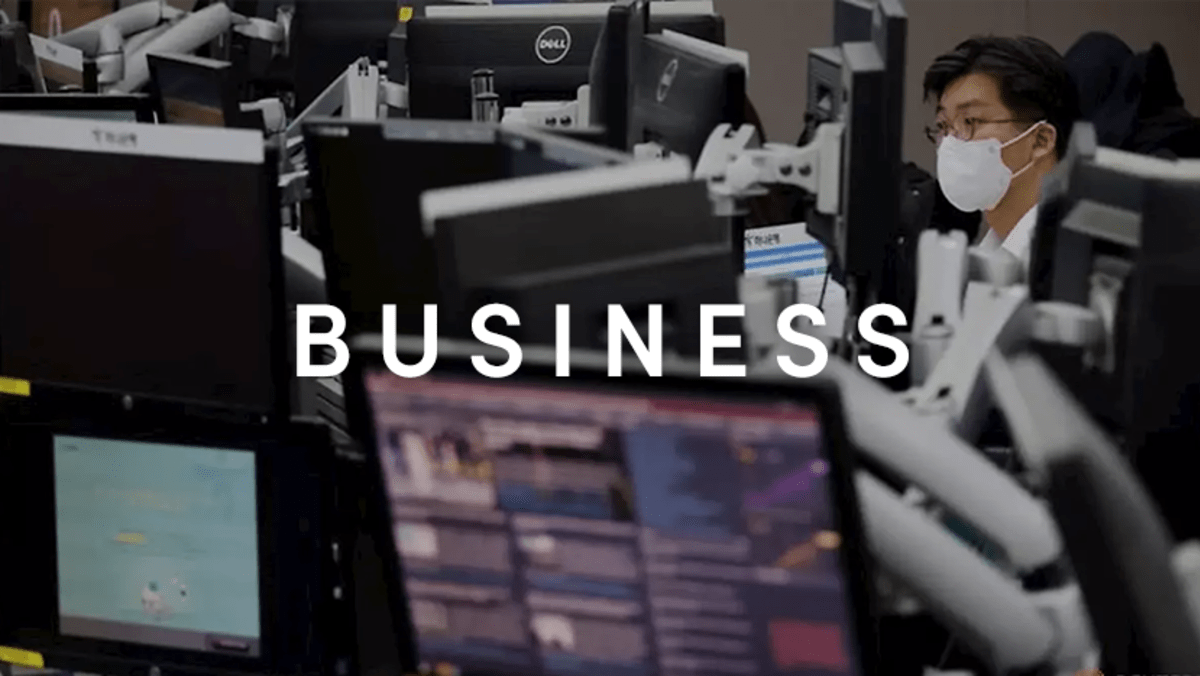SAN FRANCISCO : Lam Research chief executive said Tim Archer on Wednesday the thirst for complex artificial intelligence silicon will push the likes of TSMC to purchase more of the U.S. company’s tools over the next three years.
The remarks were part of the first analyst day Lam Research has hosted in five years. At the two-and-a-half-hour presentation in New York, executives discussed two new chipmaking tools in technical detail, gave a market overview and issued a financial forecast through 2028.
“(Artificial intelligence) is probably the biggest fundamental technology revolution of our lifetimes,” Archer said in an interview with Reuters.
Investors sent Lam shares up about 1 per cent on Wednesday.
The Fremont, California-based Lam is one of three U.S. chip equipment makers that produce tools that Taiwan Semiconductor Manufacturing Co. use to make the world’s most advanced AI and other processors.
The business has suffered in recent years as memory prices and supply gluts pushed a slowdown in capital spending among companies like Micron in the U.S.
During the presentation, finance chief Douglas Bettinger said Lam expects revenue of between $25 billion and $28 billion in 2028, compared with $16.2 billion in 2024. Adjusted 2028 earnings will reach $6 to $7 a share, compared with per-share profit of $3.36 last year.
“The chipmakers depend on companies like Lam to keep them on their roadmap,” Archer said.
TWO NEW TOOLS
The company also announced two new chip making tools, one focused on depositing material on silicon wafers. The new tool replaces tungsten with an element called molybdenum, which is used to place material and create the tiny features of chips.
The shift to molybdenum, or moly, marks a significant change as the industry had been using tungsten for roughly 30 years prior, Archer said. The company began working on the new technology roughly seven years ago in conjunction with the customers that will deploy it.
The second tool is designed to remove material from wafers, a process called etching. When moving to 2-nanometer and below, Archer said the increased accuracy of the new tool is necessary to help draw the atomic-sized features needed.
“To people in the industry, they would recognize that as a true breakthrough, given that it is something that had not been accomplished before,” Archer said, referring to the new etching tool.
(Max A. Cherney in San Francisco; Editing by Sam Holmes)













